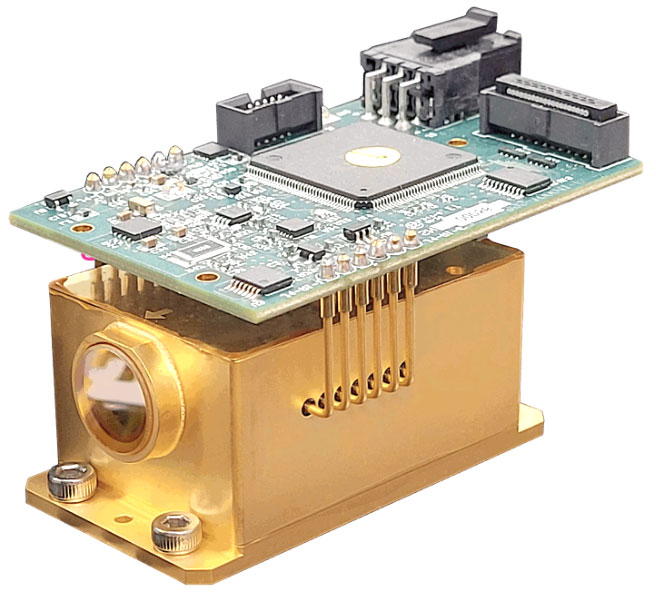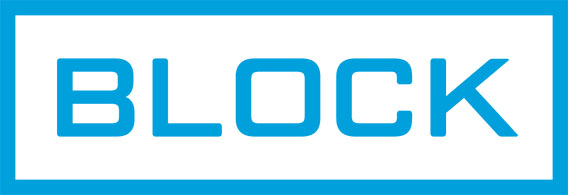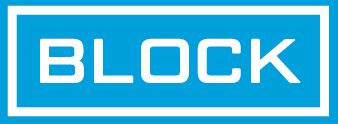What Are the Differences between Raman and QCL Spectroscopy?
Two common methods for the analysis of chemicals are Raman spectroscopy and mid-infrared spectroscopy. Like many analytical approaches, each of these technologies has strengths and weaknesses.
Raman spectroscopy is based on the "Raman scattering" effect discovered by Nobel Prize winner Chandrasekhara Raman in the 1920s. Modern Raman spectroscopy generally uses high-powered lasers to measure scattered light revealing vibrational shifts in molecules. The scattering can be from any color (wavelength) of laser, and the scattered light reveals a unique pattern of vibrations that gives an identification of the molecule(s) present.
 Mid-infrared (mid-IR) spectroscopy encompasses a variety of techniques, including Fourier Transform Infrared (FTIR) and laser-based approaches. Although similar to Raman approaches, mid-IR spectroscopy examines the absorption or transmission of light in molecules. Because it also accesses strong vibrational modes of molecules, Mid-IR spectroscopy may be used to measure a chemical's "spectral fingerprint."
Mid-infrared (mid-IR) spectroscopy encompasses a variety of techniques, including Fourier Transform Infrared (FTIR) and laser-based approaches. Although similar to Raman approaches, mid-IR spectroscopy examines the absorption or transmission of light in molecules. Because it also accesses strong vibrational modes of molecules, Mid-IR spectroscopy may be used to measure a chemical's "spectral fingerprint."
Block Engineering's quantum cascade lasers allow for a new approach to mid-IR spectroscopy that takes advantage of the tunability of low-power lasers.
QCL-based spectroscopy versus Raman
What are the advantages and disadvantages of QCL and Raman spectroscopy?
To begin, the Raman scattering effect is comparatively weaker than mid-IR spectroscopy signals. Only about one in a million photons get scattered back to the detector in a typical Raman measurement. Because of this, high powered lasers are often required in Raman equipment. Stronger, more powerful light sources tend to increase signal strength — but even with these, Raman is limited to detecting bulk samples, and trace remains undetectable.
The power of these lasers can create risks of explosions or harm to biological tissues. Shorter wavelength Raman lasers that scatter more strongly for physics reasons only add to that risk, as they are more energetic. Therefore, Raman spectroscopy is rarely used around combustible equipment or in field-based applications that may involve personnel.
 By contrast, quantum cascade lasers are often extremely low power (milliwatt level) and produce excellent signal strength at safe power levels. QCL spectrometers can reliably detect non-visible trace quantities of many materials. Speed is excellent, allowing for real-time monitoring of reactions.
By contrast, quantum cascade lasers are often extremely low power (milliwatt level) and produce excellent signal strength at safe power levels. QCL spectrometers can reliably detect non-visible trace quantities of many materials. Speed is excellent, allowing for real-time monitoring of reactions.
Another advantage of mid-IR approaches is the lack of fluorescence interference. Raman scattering can often provoke a fluorescence response in samples, obscuring spectral signals. QCL spectroscopy rarely encounters this type of interference.
Both approaches require minimal sample preparation and do not require consumables. Compared to gas or liquid chromatography (GC/LC) or mass spectroscopy equipment, no-touch or sampling-free methods can yield significant cost savings.
The "weak" scattering effect of Raman spectroscopy does confer advantages with liquid solutions. Because mid-IR light is strongly absorbed by water, infrared spectroscopy equipment is frequently designed to examine wavelength ranges outside the typical absorption spectrum of water. Also, Raman is able to see through thick glass and plastic sample vials, where IR only transmits through baggie-like thicknesses of plastic. IR can be used in-situ without sampling by simply removing the cover of the vessel and scanning the sample surface.
For applications when mid-IR spectroscopy is needed for speed and trace detection, Block Engineering has developed a widely-tunable quantum cascade laser that facilitates this type of targeting. QCL spectroscopy approaches with Block's lasers allow for specific tuning of precise wavelengths across the mid-IR spectrum. Researchers can focus on target ranges of interest.
Both QCL mid-IR and Raman spectrometers are generally portable and easy to operate. Neither require sampling consumables or significant maintenance. Both produce results quickly compared to GC/LC approaches, although the speed and signal-to-noise quality of Raman approaches often depends on the strength of the laser used and cannot enable trace detection.
If you would like to discuss how Block's QCLs may assist with your spectroscopy or imaging application, please contact us.

